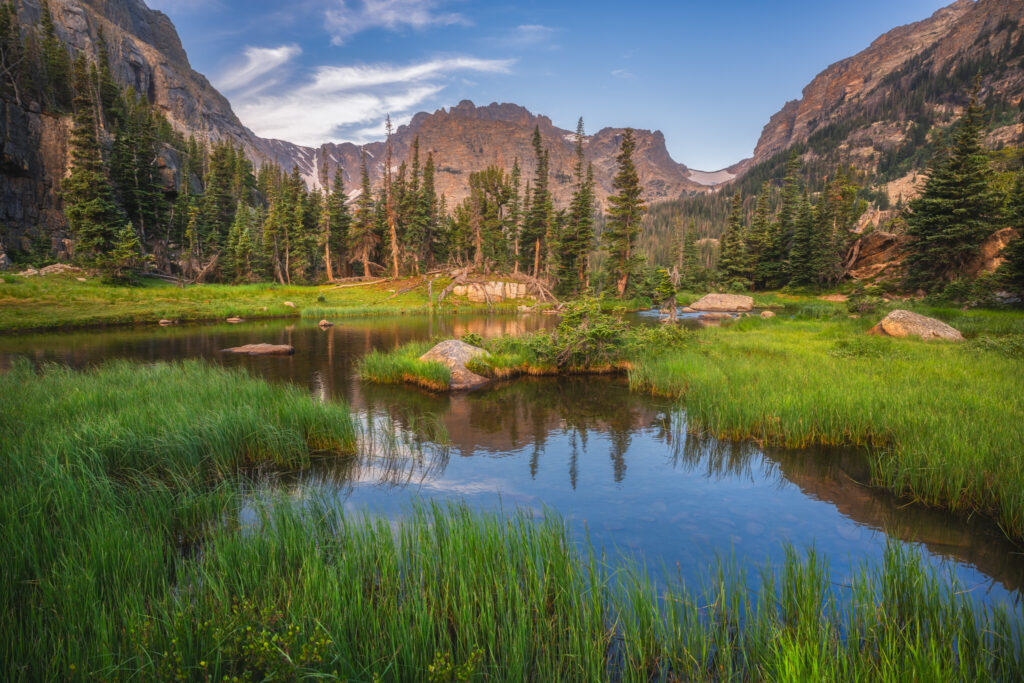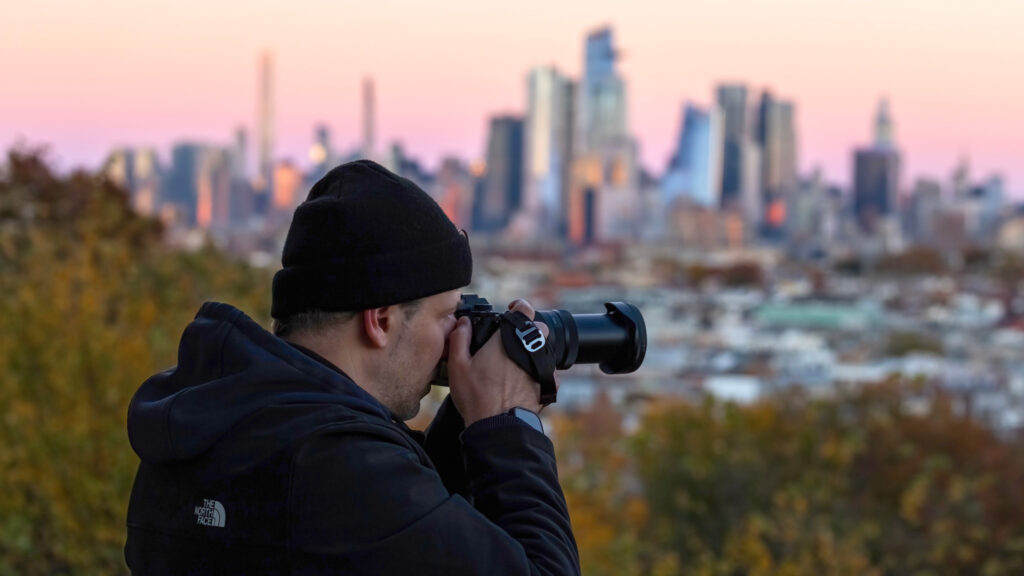For many years, Fujifilm camera users have watched their favorite camera system mature significantly in both design and technology, from the original X100 fixed lens APS-C camera to the ever-growing line of interchangeable X Mount lens camera bodies. With unique features like Film Simulations and most camera bodies sporting a wide array of excellent physical controls, Fujifilm cameras have earned a very devoted following.
However, while the number of users has grown significantly, support from lens manufacturers has been fairly limited. But now, as X Mount reaches its 10th anniversary, there are finally more options available for this beloved crop sensor system. SIGMA lenses are now here for Fujifilm X Mount!

The SIGMA F1.4 DC DN | Contemporary Trio
Simple to use, ultra-fast F1.4 aperture, razor-sharp image quality, and affordable to own, the 16mm, 30mm and 56mm F1.4 DC DN | Contemporary lenses are favorites among crop-sensor mirrorless shooters, and it’s not hard to see why. So far, these lenses have been released for Sony E-mount, Canon EF-M, Micro Four Thirds, and even L-Mount, and in each case, they have become among the most popular crop format lenses for each system.
So the SECOND we received pre-production samples in the SIGMA America office, I squirreled away a copy of each lens, along with a Fujifilm X-T4 body, and planned my weekend trip to Brooklyn for some street and architecture photography. Unfortunately, Mother Nature had other plans for me, with a wet, gloomy Saturday followed by a frigid, snowy Sunday, so my jaunt through the big city became a slippery hike through local parks (and an exercise in keeping swirling snow off my image sensor). But with three amazing lenses to play with, I was more than happy with the change of scenery.
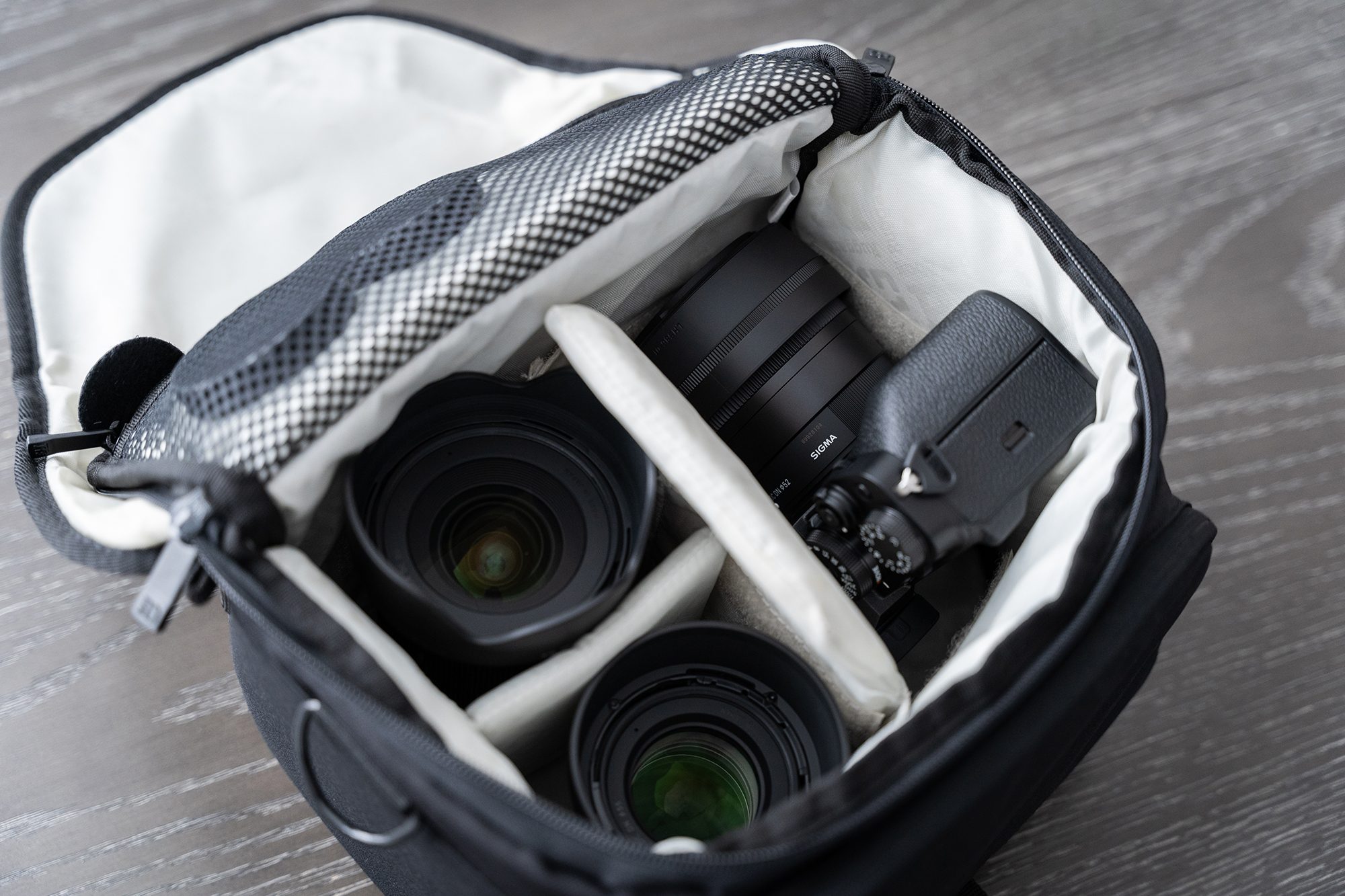
16mm F1.4 DC DN | Contemporary
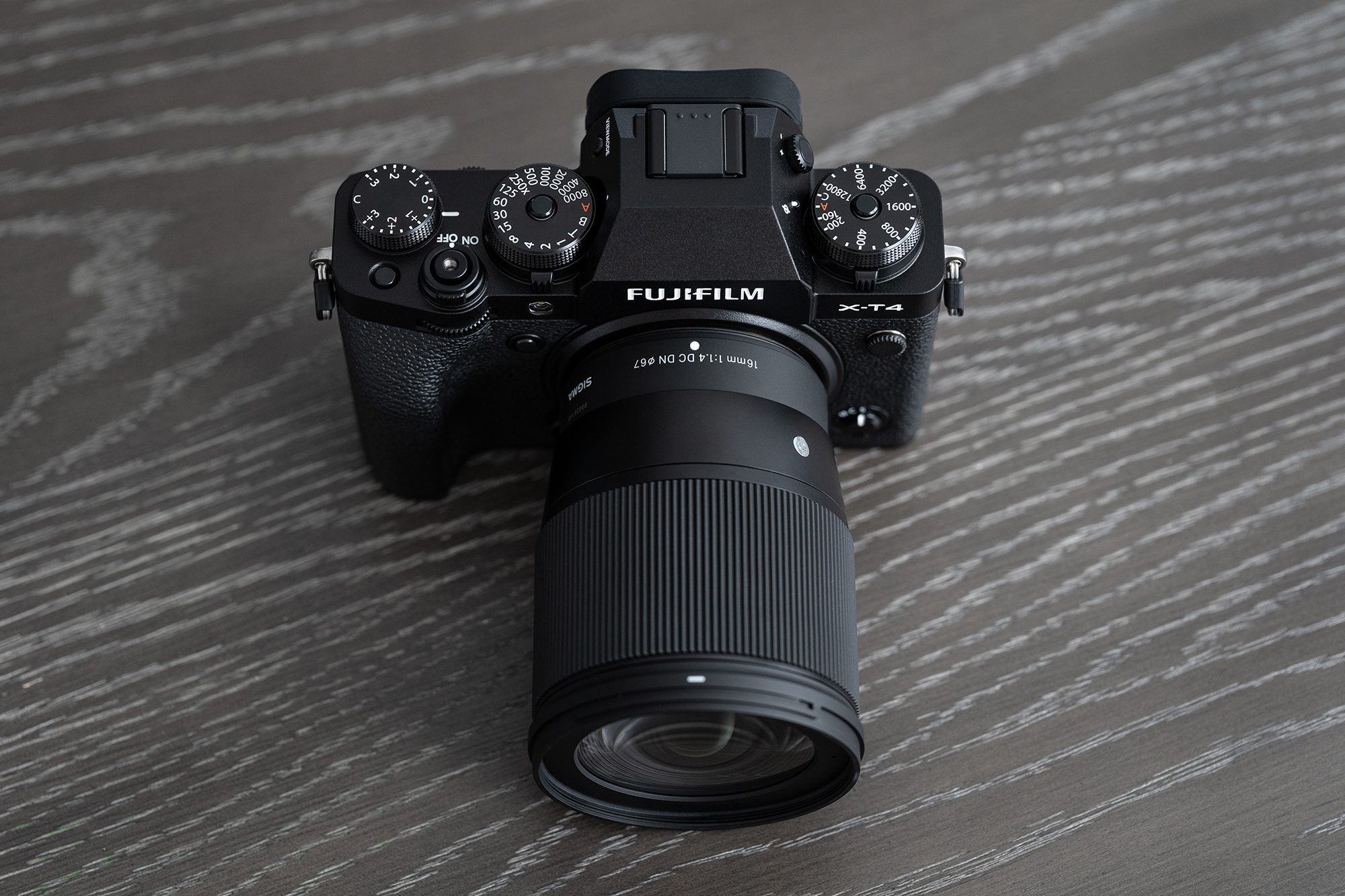
While I had no idea what the weather had in store for me, I was at least convinced that my one-day trek into the semi-wilderness would require a wide-angle lens, and the 16mm F1.4 DC DN | Contemporary is one of my favorites. In fact, at this point its reputation for quality and low-light performance is well known, and it has become one of the world’s most popular lenses for video creators, vloggers, and streamers.
Having used it on Sony and Canon EOS M cameras in the past, I was anxious to give it a try on a new platform. Under gray, snowy skies at a beach-adjacent park, I grabbed the 16mm for some fun landscape shots.
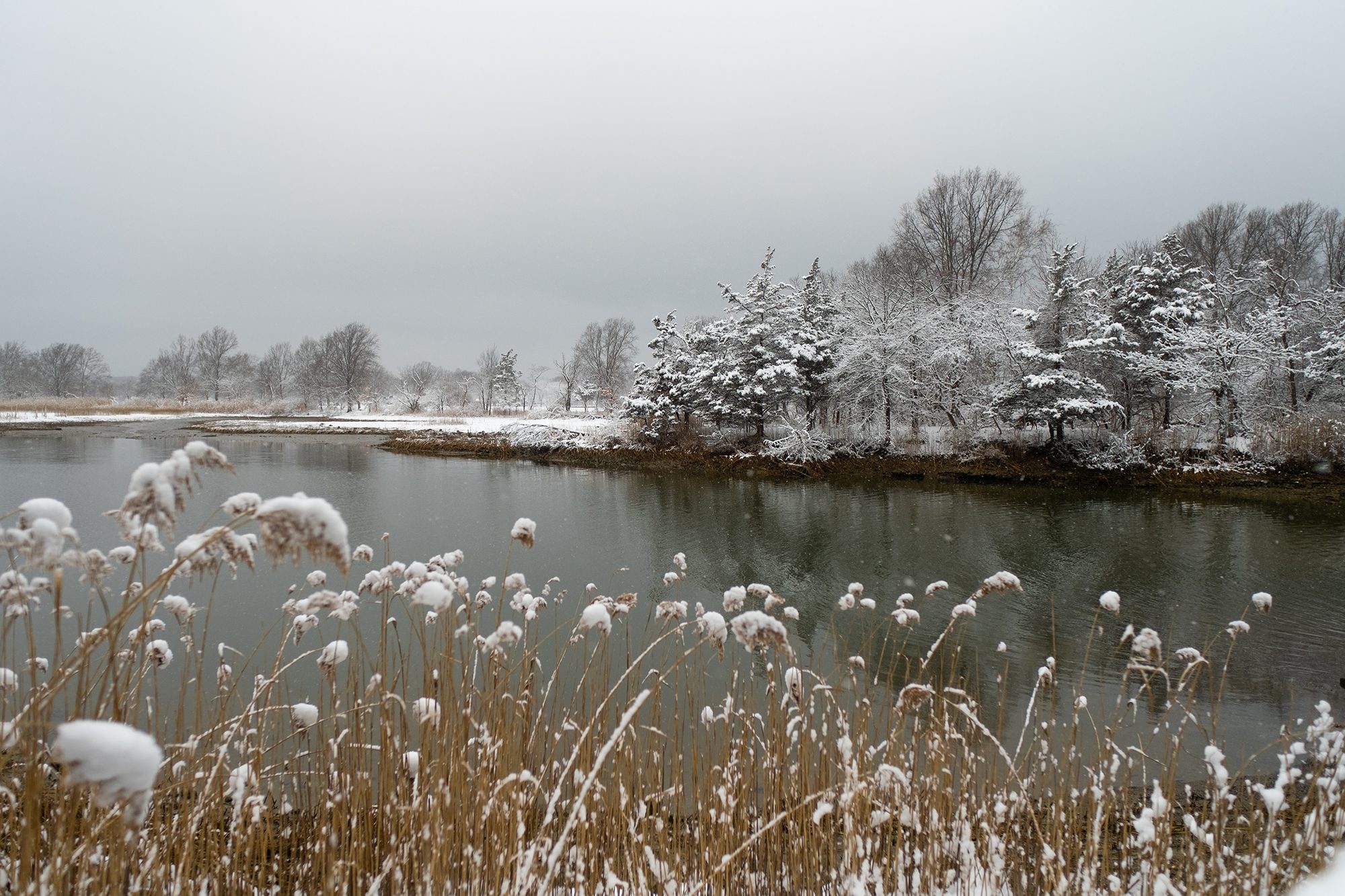
The ability to shoot at F1.4 gave me the opportunity to incorporate a little bit of depth into my landscapes, something that isn’t always evident with many wide lenses (zoom lenses, for example, typically start at F2.8 and the sense of depth isn’t as noticeable). The extremely fast aperture also meant that I was able to shoot at the lowest available ISO without a tripod, preserving sharpness and detail.

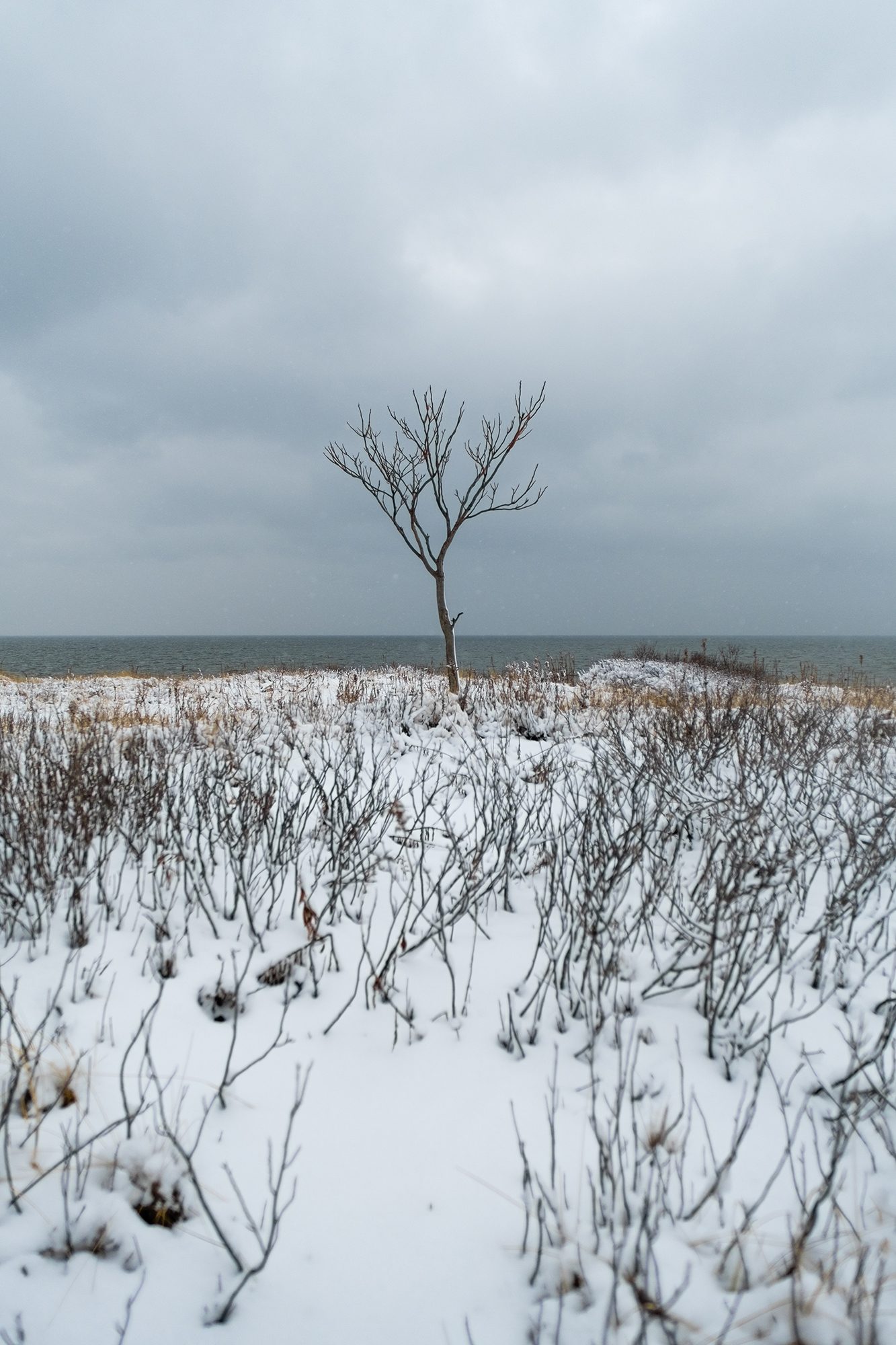
Part of the fun of shooting with this lens is finding ways to not just capture wide areas, but to compose scenes in ways that bring you into the environment. I thought the above shots of the bridge and the lone tree sitting among the dead beach grasses really transport the viewer to those locations, and the muted tones delivered by Fujifilm’s trademark film simulations (with a little extra editing) provide a sense of eerie calm. Or maybe they just make cool phone wallpapers. Either way, I know those shots needed a wide-angle lens to get the look I wanted, and the 16mm F1.4 DC DN | Contemporary was perfect.
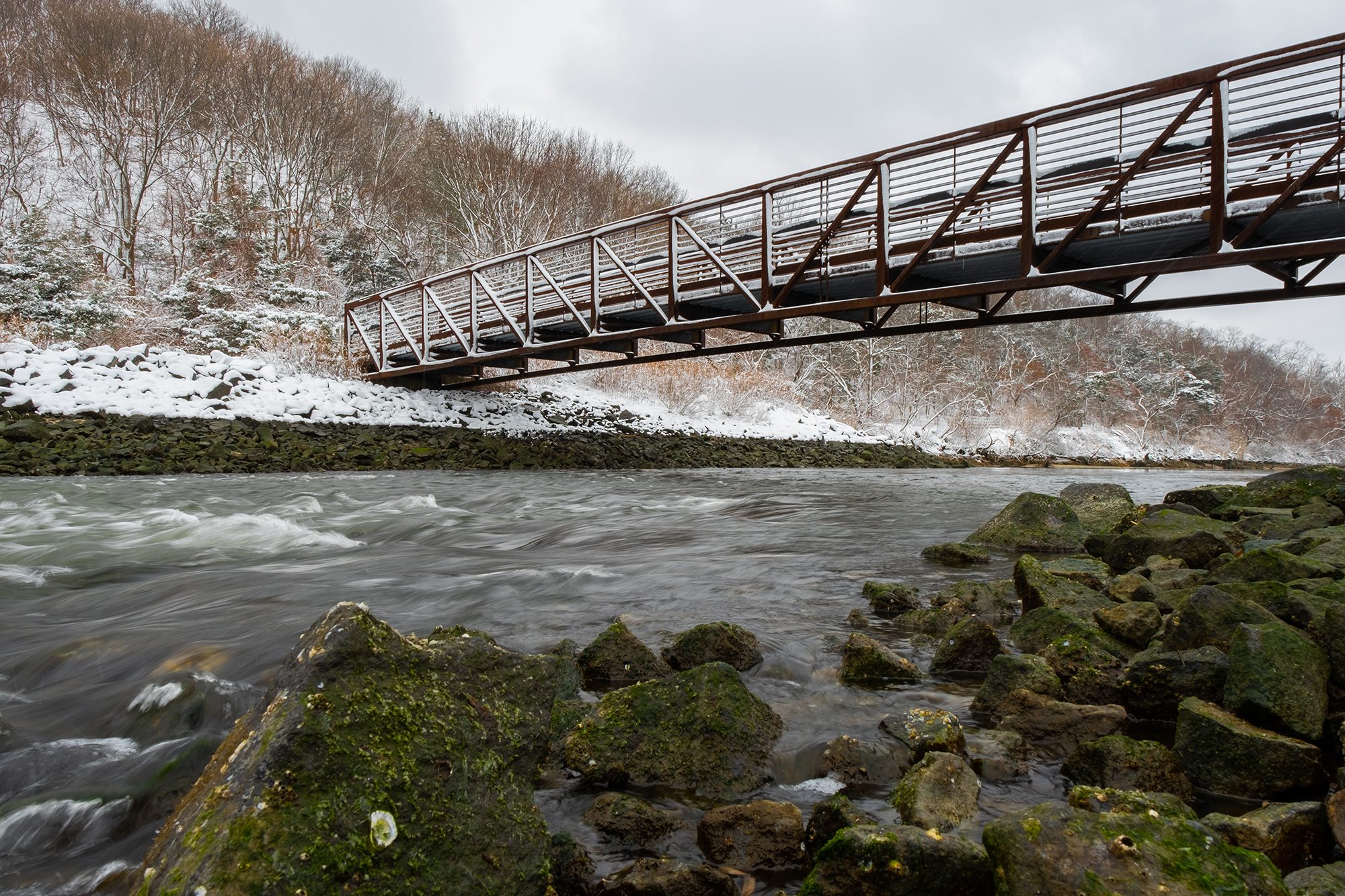
30mm F1.4 DC DN | Contemporary
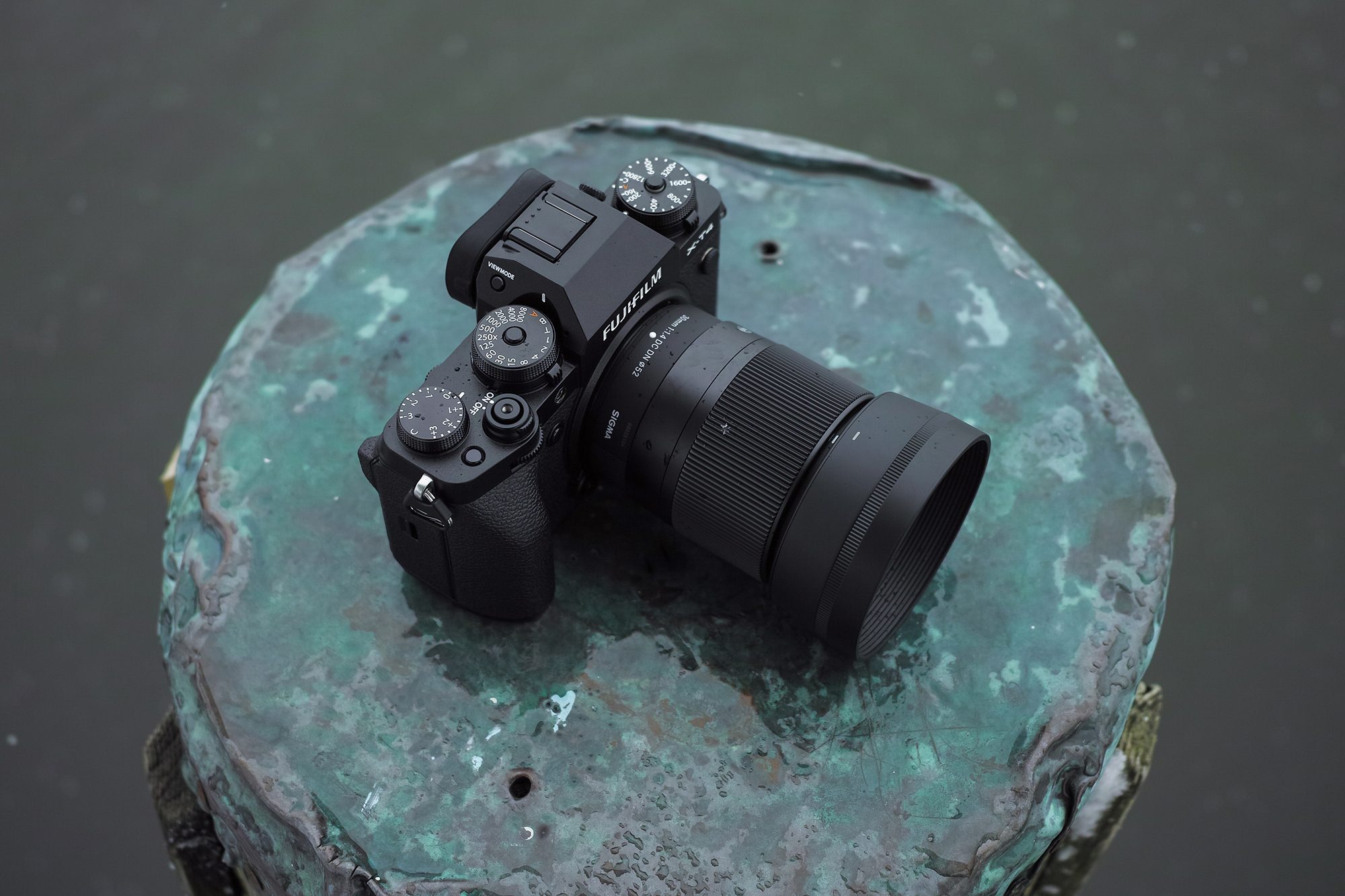
The 16mm focal length — and remember, on an APS-C format camera the “equivalent” focal length is approximately 24mm — is certainly useful in a ton of situations, but when you want a more natural angle of view, the 30mm F1.4 DC DN | Contemporary is a perfect choice. With an equivalent focal length of about 45mm, this lens is a pretty accurate representation of human vision, so what you see is actually what you get! Big scenes are a bit more natural-looking, and depth of field is more pronounced when photographing subjects up close. As such, it’s a fantastic all-around lens that gets the job done whether you’re shooting landscapes, portraits, flowers, street scenes, pretty much anything.

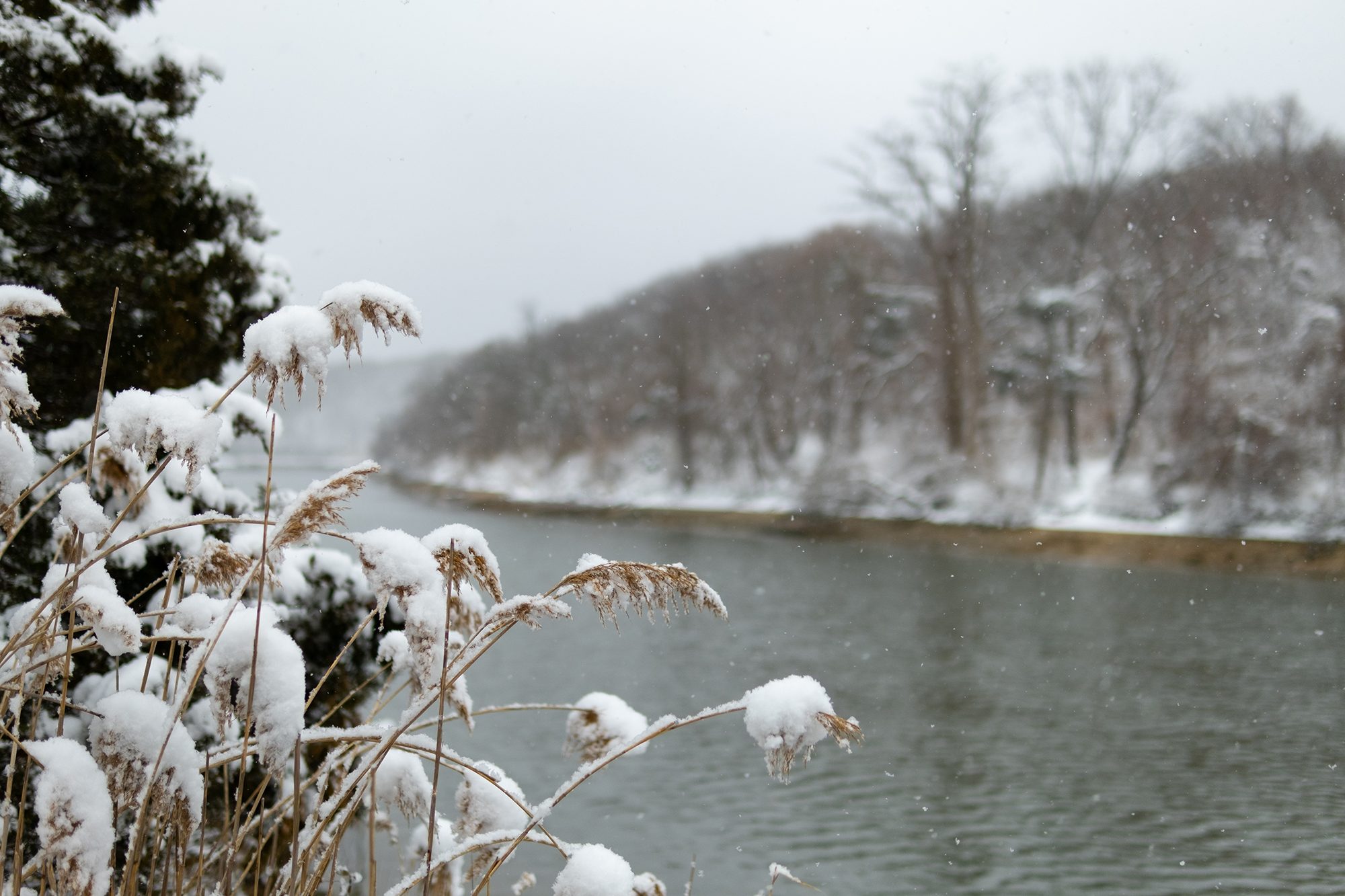
Autofocus performance is always a question when it comes to any lens/camera combo, and I’m pleased to say that even on a pre-production sample, the AF was snappy and precise, exactly as I’ve come to expect with these lenses. I tend to shoot differently with different cameras — zone AF-C for Sony, touchscreen subject tracking with Canon EOS M, single point AF with Fujifilm — but regardless of my preferred autofocus method, these lenses never disappoint. With the 30mm F1.4 DC DN | Contemporary in hand, I tried photographing some rather tame seagulls, and as long as there was a tiny bit of contrast to hover my AF point over, the camera locked in and the lens focused without a hitch.


I should also note that while these lenses aren’t completely weather sealed, I didn’t have an issue using them in relatively heavy snow. With a rubber gasket at the mount, only one moving external part (the large rubber focus ring), no switches, plus a sturdy lens hood, these lenses are easily able to deal with moderate conditions. I was frankly more concerned with the camera body, which is a heck of a lot more expensive! But for roughly four hours, at least one of the lens trio was in my hand being exposed to the snow and cold, and everything held up just fine.
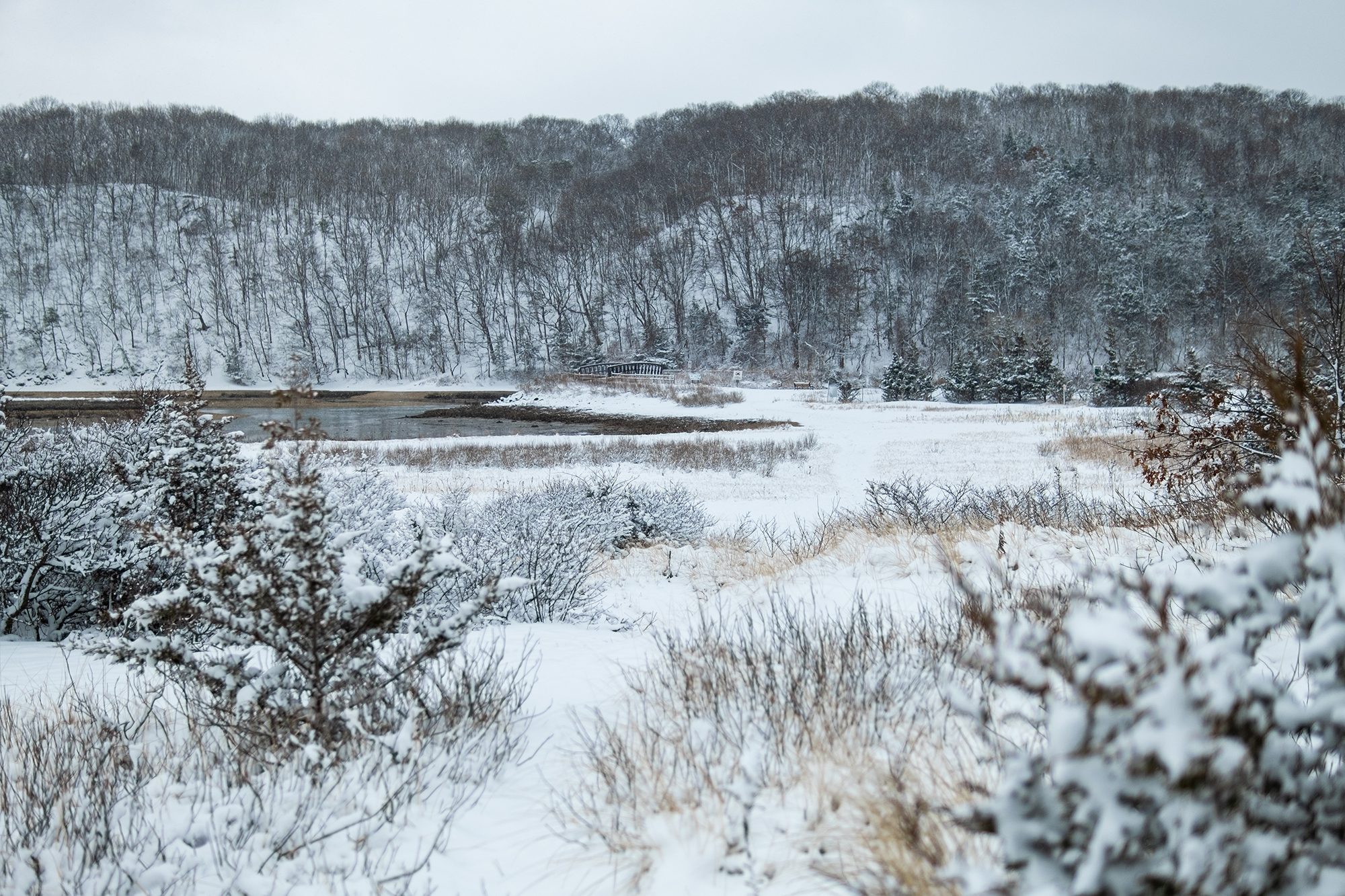
56mm F1.4 DC DN | Contemporary
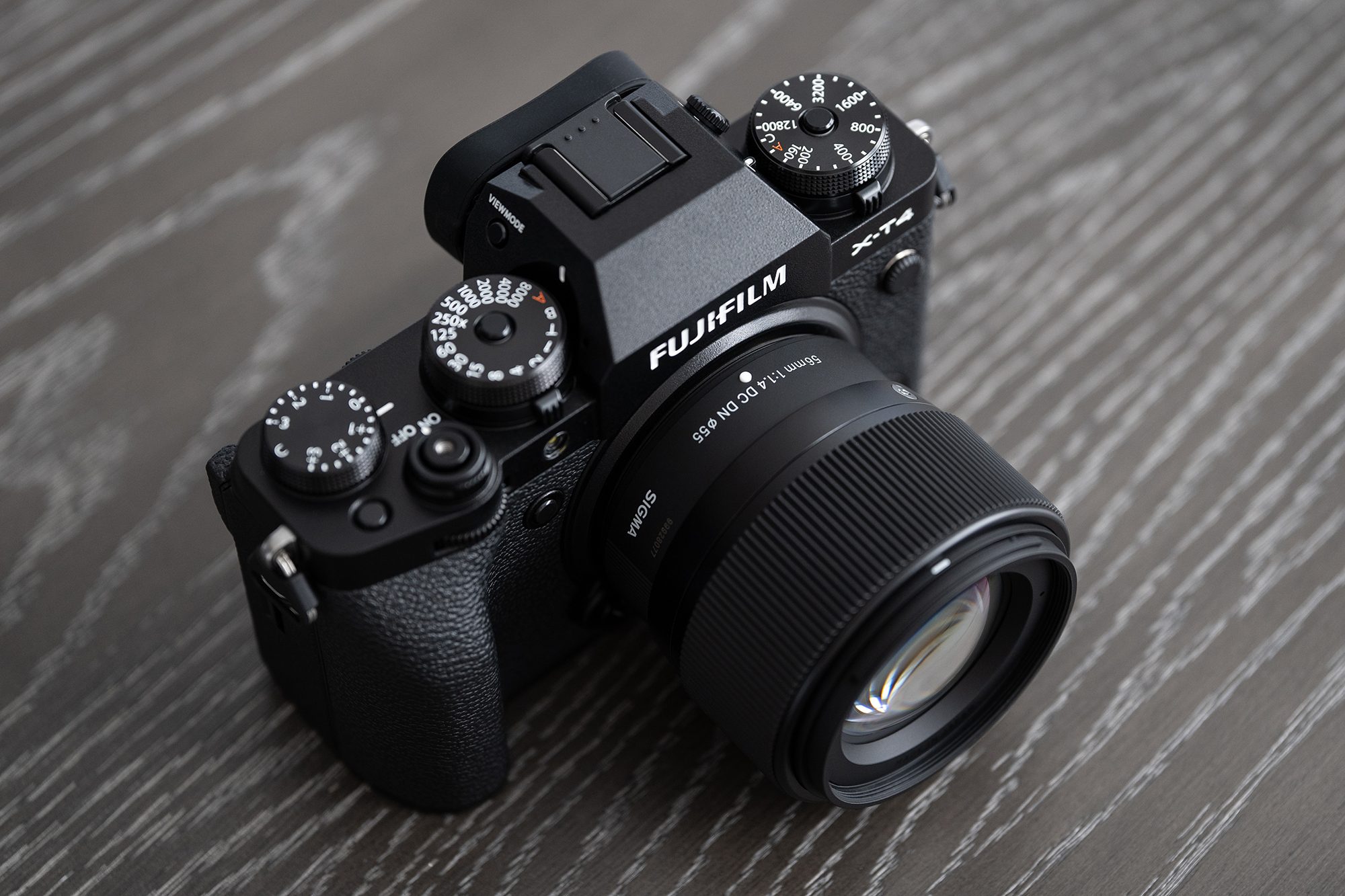
With an equivalent focal length of approximately 84mm, the 56mm F1.4 DC DN | Contemporary lens not only a perfect portrait lens for APS-C, it is a bokeh machine. However, I’m afraid my wonderfully photogenic family had absolutely zero interest in joining me on a photography excursion in sub-freezing temperatures, so just pretend these seagulls are lovely people, and enjoy the smooth, blurry backgrounds that only a large aperture lens can provide!

While many lenses can blur a background, it is the quality of that blur and the amazing sharpness of what is in focus that really makes the 56mm F1.4 DC DN | Contemporary stand out. Falloff is gradual and smooth, backgrounds turn soft and dreamy, and any distracting details — front or back — fade gracefully away. What remains is a pin-sharp subject that stands out from its surroundings with a “pop” that this focal length is celebrated for.
Incidentally — and I mention this because I worked at a camera shop for 13 years and witnessed the disappointment firsthand — there are lots of cheap, fast-aperture, manual focus lenses out there for APS-C format cameras, many available for X Mount, that have a similarly shallow depth of field. While these types of lenses can be tempting, out of focus areas are often “busy” or awash with unattractive optical aberrations, far from the high-quality vintage look many buyers expect. Call me biased, but with exceptional image quality in both in-focus and out-of-focus areas, plus dead-on accurate autofocus, these SIGMA F1.4 DC DN primes are easily worth the extra coin, and they won’t end up collecting dust.


When considering a mid-telephoto lens like this, keep in mind that just because it’s great for portraits, it’s more than just a portrait lens! Shooting landscapes from a longer distance, for example, means compressing that big scene into something less epic, but more intimate. You as the photographer may be physically further away, but for the viewer, the details feel closer. Creating these kinds of compositions can be really rewarding, and the 56mm F1.4 DC DN | Contemporary is compact and light enough where going the extra distance is no problem at all.
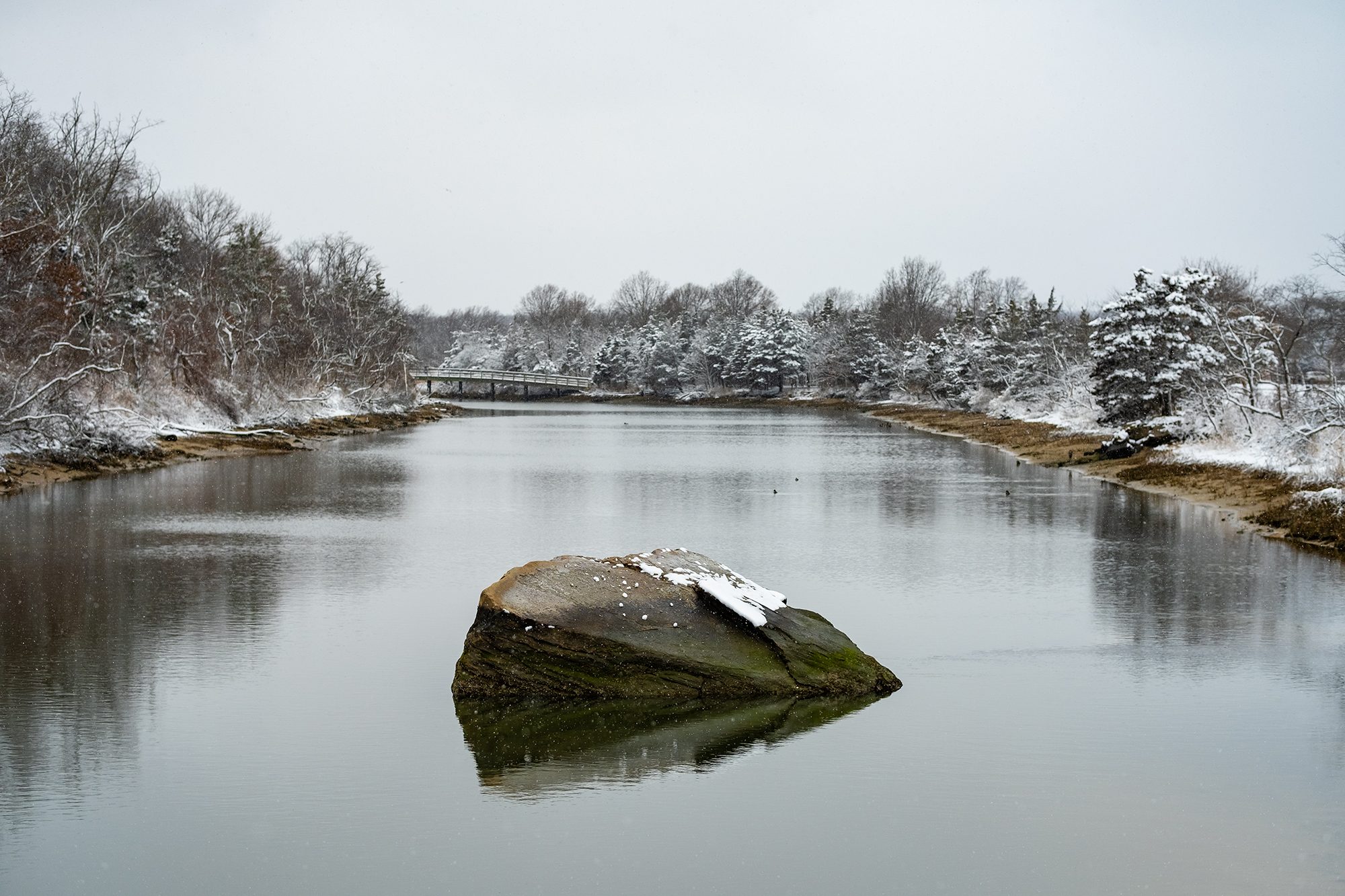

Coming Soon! 18-50mm F2.8 DC DN | Contemporary
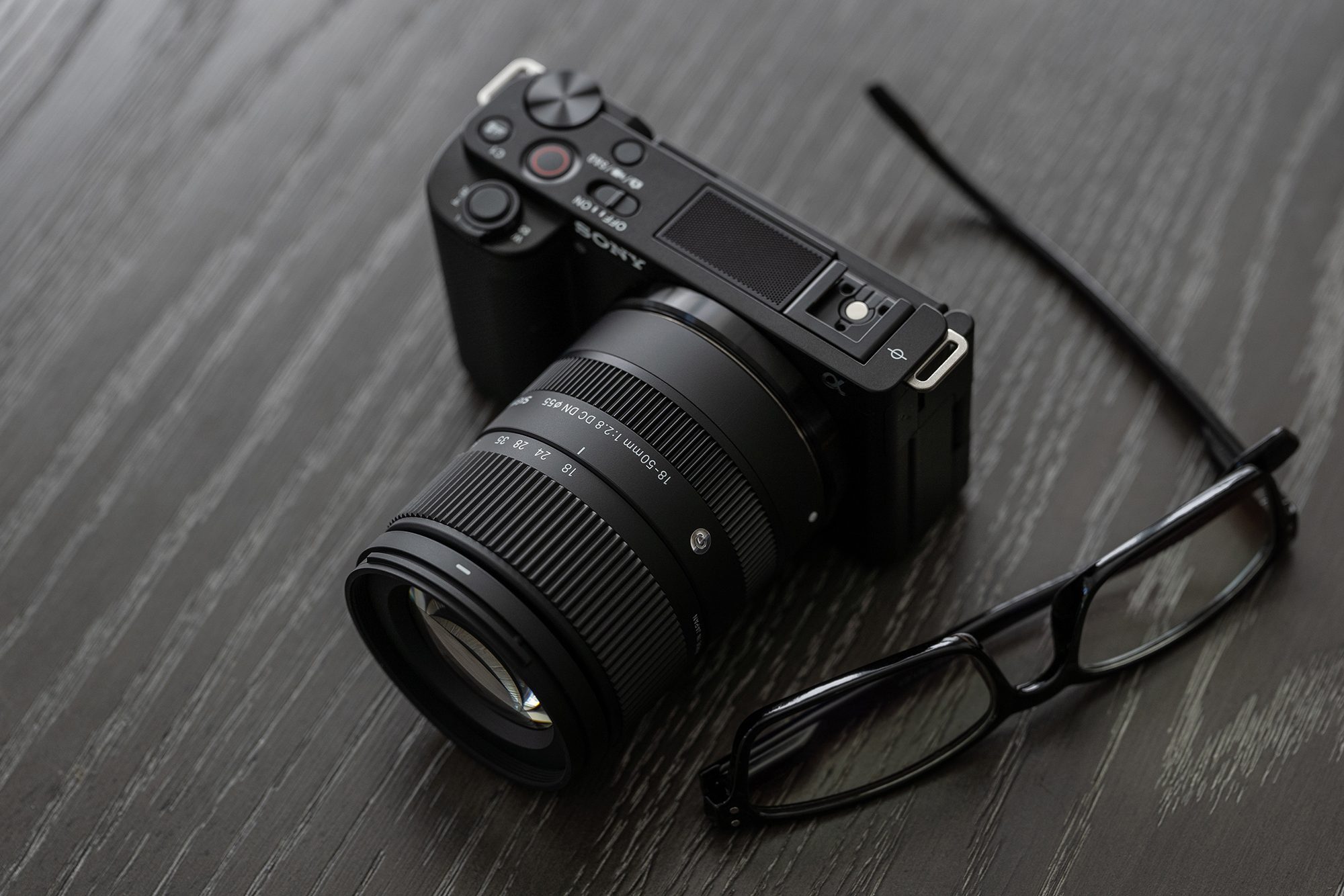
Prime lenses are great, and frankly nothing beats the low-light performance and image quality of a dedicated focal length lens, but zoom lenses are super popular for a reason. Combining a range of perspectives into a single lens is easier, quicker, and if you make it right, really really good! Thankfully, SIGMA is pretty darn meticulous about lens design, and the 18-50mm F2.8 DC DN | Contemporary (read all about it here) is an excellent option for APS-C cameras. And for Fujifilm users, this lens is tentatively scheduled for release at the end of 2022.

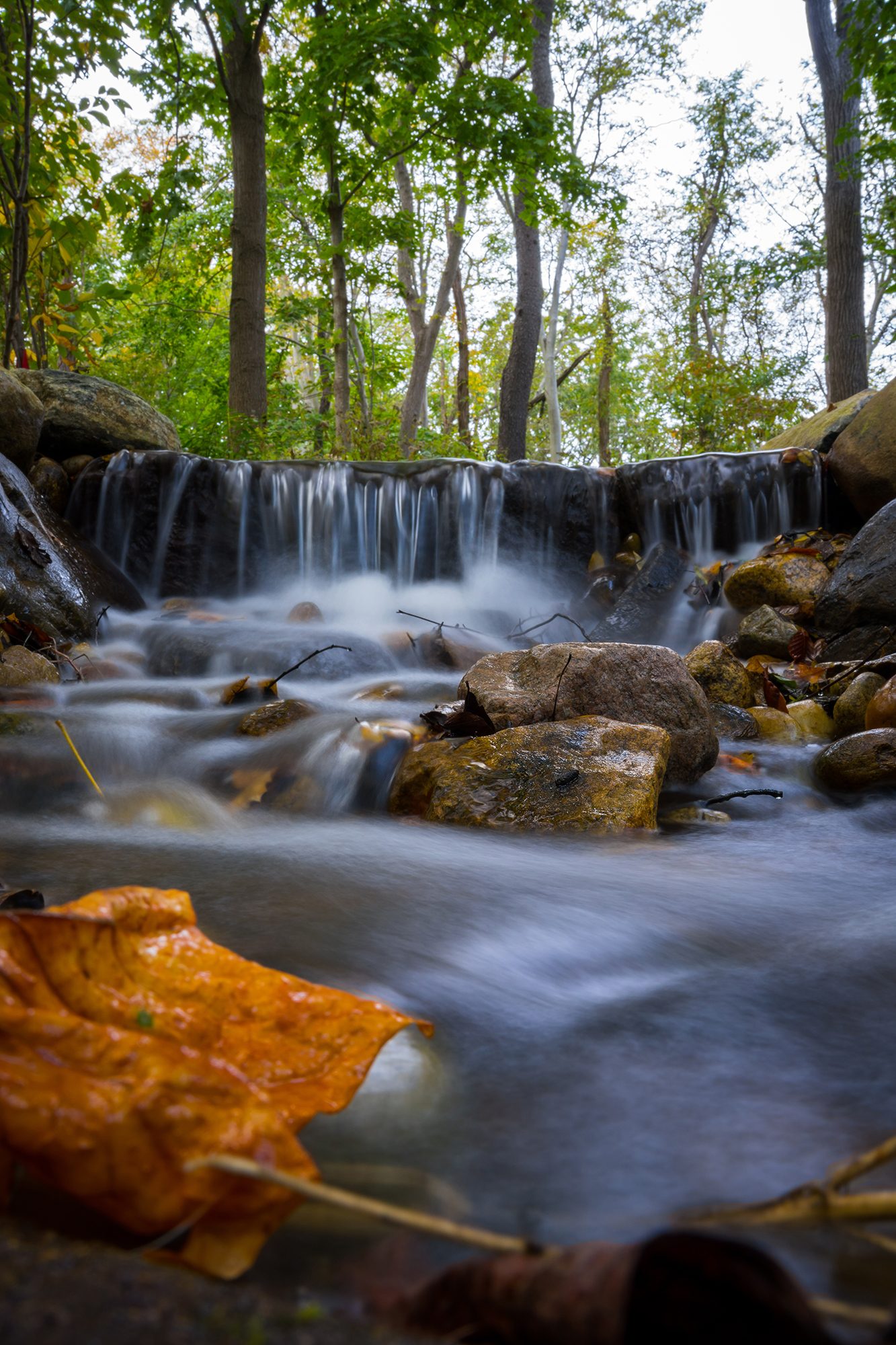

As you can see, my recent experience with the 18-50mm F2.8 DC DN | Contemporary has been under much warmer, far more colorful conditions, but the main things that make the prime trio great hold true for this lens as well. Simple to use, lightweight, compact size, and outstanding image quality, not to mention the ability to utilize in-camera corrections to compensate for things like barrel distortion, which means we can have a fast-aperture F2.8 zoom lens that fits in the palm of your hand. Again, call me biased, but this is an outstanding piece of gear that every Fujifilm camera owner should really consider.

SIGMA and X Mount: A Match Made in APS-C Heaven
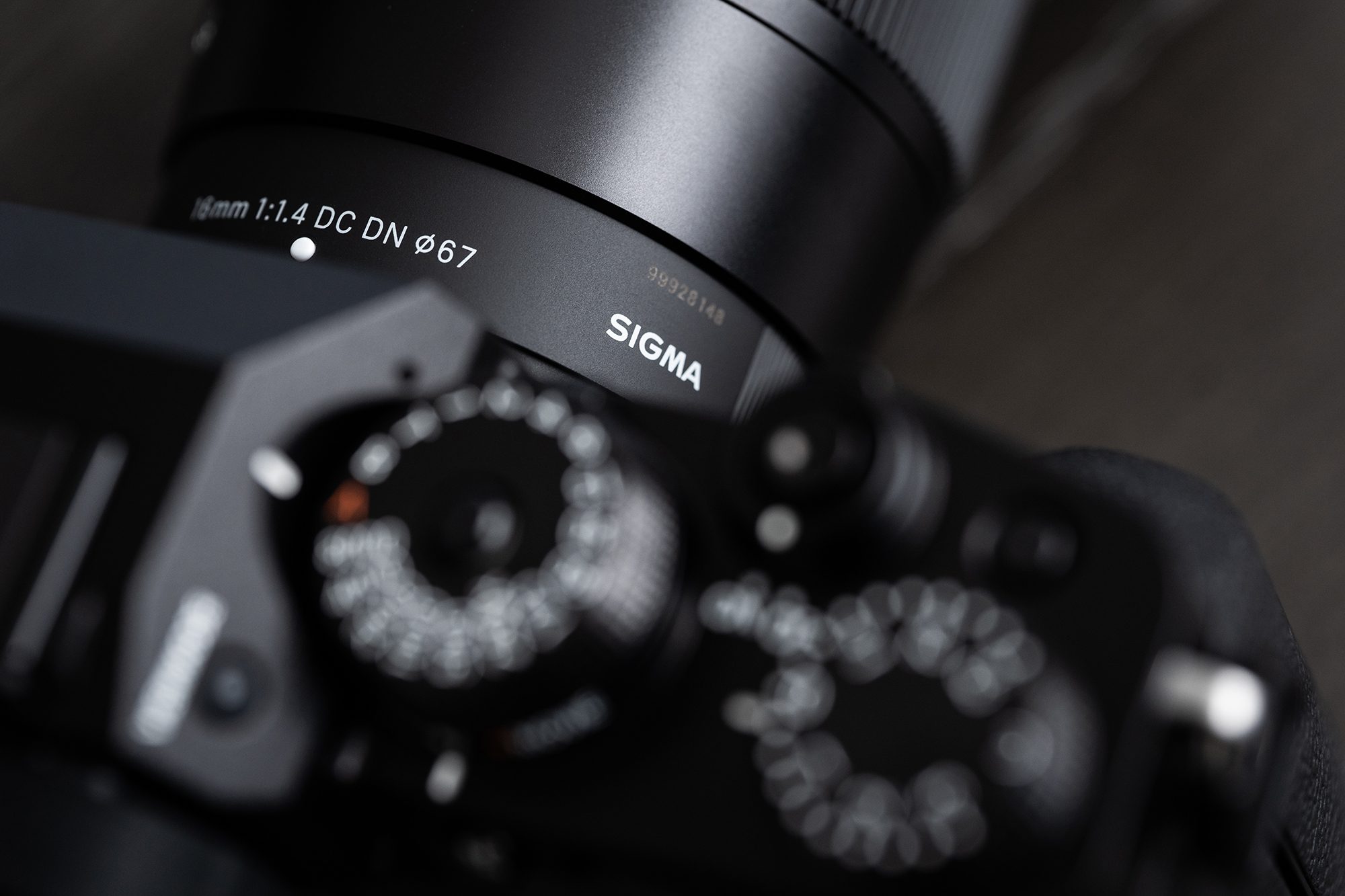
I’ve always wanted to have a Fujifilm camera in my collection, but in the end, I couldn’t pull the trigger. No matter how much I enjoyed the manual controls, the film simulations, and the unique look of X-Trans sensors (they remind me somewhat of SIGMA’s Foveon gear), I always felt that the ecosystem was too limited and a little pricey, especially when the available options for my Sony APS-C camera were so numerous.
With the release the the SIGMA 16mm, 30mm and 56mm F1.4 DC DN | Contemporary lenses, and the development of an X Mount version of the 18-50mm F2.8 DC DN | Contemporary, the investment makes more sense. Photographers can dive into a unique crop-sensor camera system knowing that more affordable, high-quality lens options are available, and there’s absolutely no downside to that.

